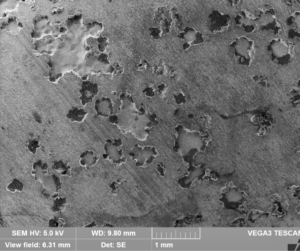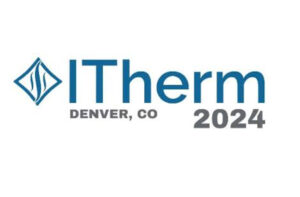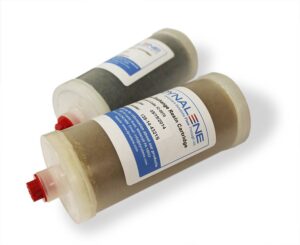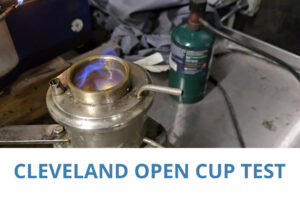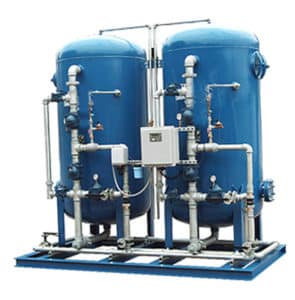Dynalene
Heat transfer fluids are important components of many industrial processes. We, here at Dynalene, have long been thinking about having a magazine dedicated to these fluids. There is no academic curriculum that teaches the science and engineering of heat transfer fluids. Therefore, we have decided to cover topics that are relevant to a heat transfer system using a fluid, but not covered in a typical Heat Transfer or Fluid Mechanics course in an undergraduate engineering curriculum.We have named the magazine “Fluid Solutions” and this is the inaugural edition. At this moment, we are only planning to publish once a year in December. However, in the future, depending on the availability of topics, authors and research work in our labs, we may increase the frequency to twice a year, with a summer edition in June.
In this inaugural edition, you will find three review articles, a research paper, and a section called “Ask the Experts”, where we have covered several questions that are frequently asked by our customers. Throughout the magazine, we have tried to incorporate certain “Fun Facts” related to the topics covered. We hope that the readers will enjoy reading these facts.
The articles in this edition cover topics related to cooling and low temperature heat transfer fluids. There is a review article discussing the history of refrigeration, and how the world has arrived at the current primary and secondary refrigerants (low temperature heat transfer fluids). Another review article discusses different types of corrosion that are common in a heat transfer fluid system and ways to control the corrosion before it ruins the system. The pros and cons of nano-fluids are discussed in another short review article that may throw some light on the future of heat transfer fluid technology. The research paper on liquid coolants for electronics cooling discusses experimental results pertaining to maintaining low electrical conductivity of a water-based coolant using ion-exchange cartridges.


